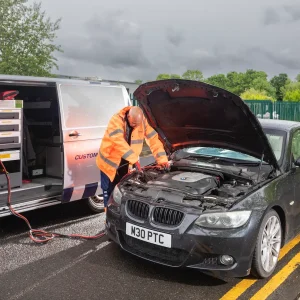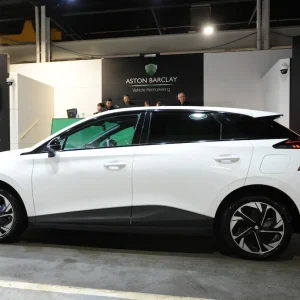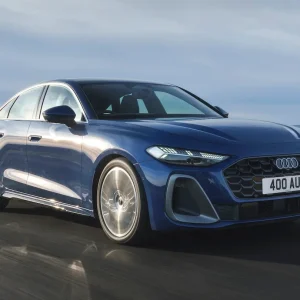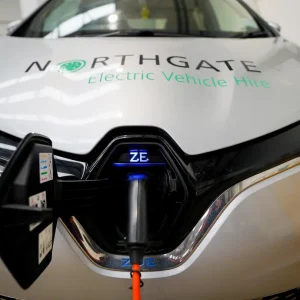“We provide data to a number of fleets but our big shortfall has been the inability to provide, or the lack of, forecast valuing – and that is about to change,” says Glass’s managing director Ian Tilbrook.
The valuation specialist told BusinessCar about its plans to enter rival firm Cap’s territory with a new fleet forecasting tool a year ago, and it’s now ready to launch, stoic in the belief that the market wants and needs an alternative.
Director of valuations and analysis, Richard Parkin, explains why: “The fleet industry needs two forecasts. One to beat the OEMs over the head with and say I need a bigger discount and the other to get finance on. You need a high one and a low one. In this sense, more is better.
“Your finance house is just interested in the number, whereas your fleet customer is interested in how you get to that number but they want to understand the level of risk. They want to understand how you got to that number so they can see the difference in residual value.”
Tilbrook adds: “It’s a market we’re not widely active in. Cap have got a very high provenance in the fleet and finance sector. These companies are very dependent on Cap’s information – not just that but the Cap coding. That’s how [Cap has] been incredibly successful.
“We’re in the final throes of digitally polishing the work we’ve been doing for the last year to produce what we believe will be a very interesting forecast.”
Initially pegged for launch earlier this year, the firm spent more time on the programme than it first anticipated, but it is currently being tested and is due for a “wider launch” in the first half of 2014.
Tilbrook adds: “We’ve been talking about this for a while. We’ve taken longer to get to market than we’d hoped but we wanted to absolutely get it right.”
He continues: “We’ve been talking to a number of leasing companies in recent months about their needs and we feel there is a strong desire for Glass’s to produce what we’re about to produce, which is a forecast tool with a level of transparency and structure that we believe will meet the needs of the fleet sector.”
“We recognise there’s a need for an alternative valuation against that of Cap or to work alongside Cap or replace Cap. I think it’s somewhat ambitious to think it might replace Cap in the short-term but it will give the fleet and leasing sector a genuinely viable alternative.”
Glass’s called the accuracy of Cap’s recent values into question, claiming that its competitor’s Monitor valuations have escalated, as Tilbrook states: “It has been well known that Cap has significantly increased Monitor values, which provides further questions on the accuracy of values and our view is it seems their forecast values are now coming more into line with ours.”
Residual value wars: Cap and Glass’s square up
As part of its efforts to take on Cap at its own game, Glass’s has been tracking the difference between the two firms’ predictions and the actual prices of used vehicles at auction during 2013.
“We’re comparing the accuracy of Glass’s vs. Cap for vehicles sold each month to compare our values against those actual prices at sale and observing on a car-by-car basis which ones have been the closest,” said managing director Ian Tilbrook.
Director of valuations and analysis, Richard Parkin, explains how the figures on the graph supplied by Glass’s (right) were generated.
“We take the top 100 vehicles [by volume] that were traded at NAMA auctions and take the top 100 that appear in Cap’s Black paper book. We then just put the numbers in and calculate from the guides [including Glass’s own book] what that should have been priced at. And then we calculate on average, on an absolute basis, who was the closest for each one, then we just show that as a figure out of 100.
“On average, I would say the split was something like 60:40 or 65:35 in our favour. In April 2013, for example, Cap had 15% accuracy and Glass’s was 85%. This is not a spot price. This is based on historical data.”
Tilbrook adds: “We’re challenging Cap to a degree because this is what our customers are telling us. Generally, we feel we value better. We’ve demonstrated that for seven months.”





